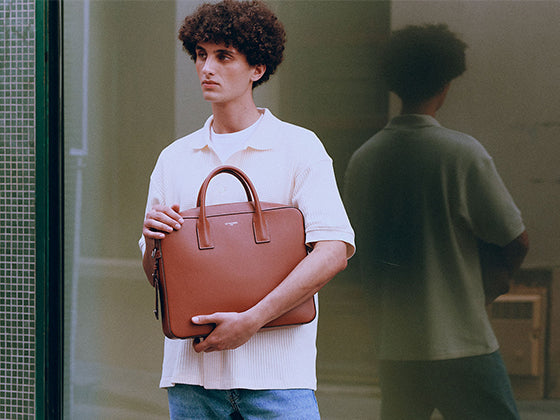Paris, juin 2020. Il se trame quelque chose derrière la façade bleu roi du 2 bis rue Caumartin. Et pour cause. Notre nouveau repère de maître-maroquinier vient de voir le jour. Porte d’entrée passée, les arômes de cuir se mêlent au parfum du bois de chêne. Tous les sens sont sollicités. La lumière chaleureuse invite même à se poser pour bouquiner. Plus qu’une nouvelle boutique, ce lieu est un nouveau concept.
Paiement sécurisé
Payez en 3 ou 4 fois. VISA, Mastercard, American Express, Paypal
Livraison
Livraison offerte à partir de 100 € d’achat en France métropolitaine
Retours
Délai de retour de 30 jours.
Retours gratuit en France métropolitaine
Service client
Notre service client est à l’écoute, contactez-nous par e-mail




